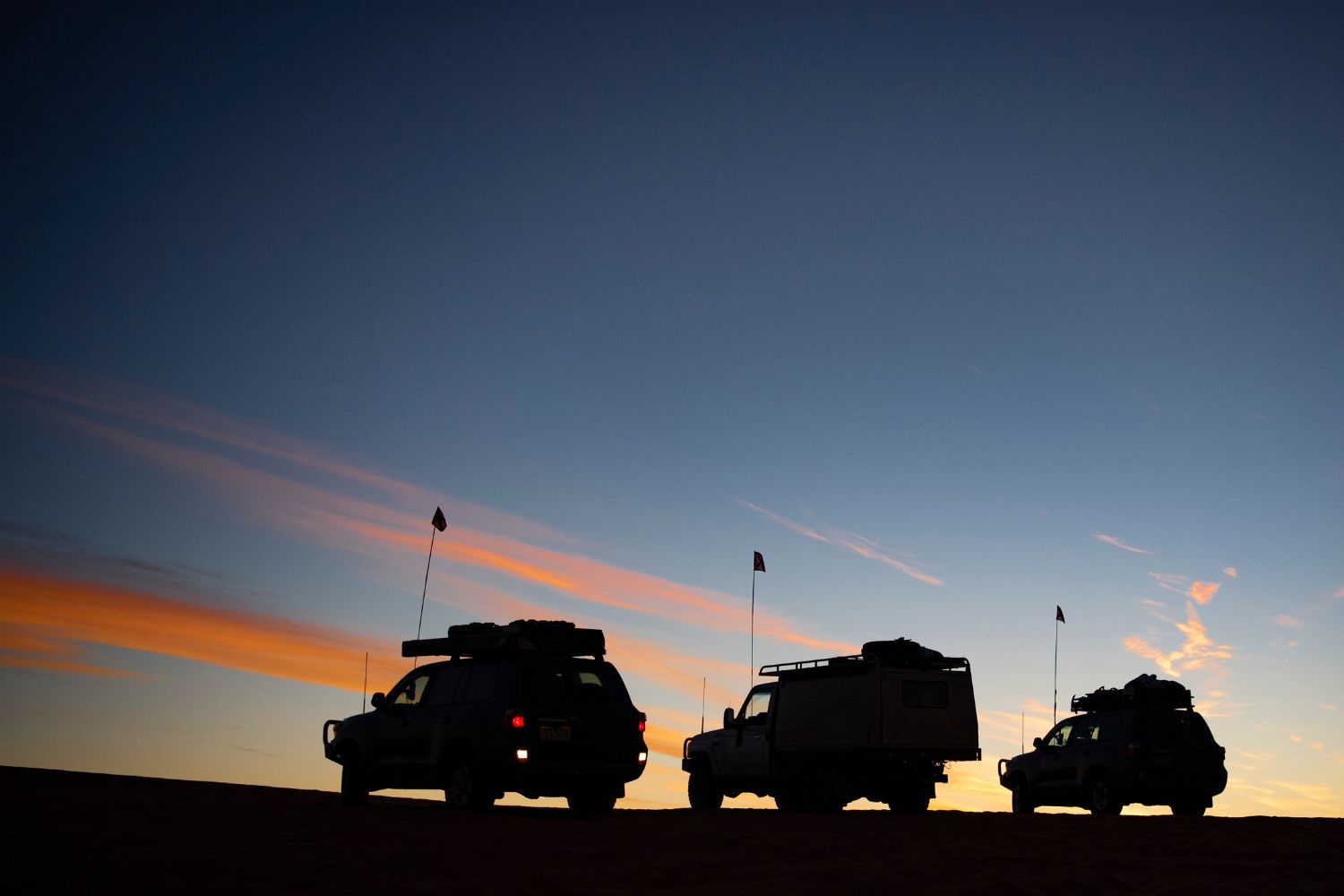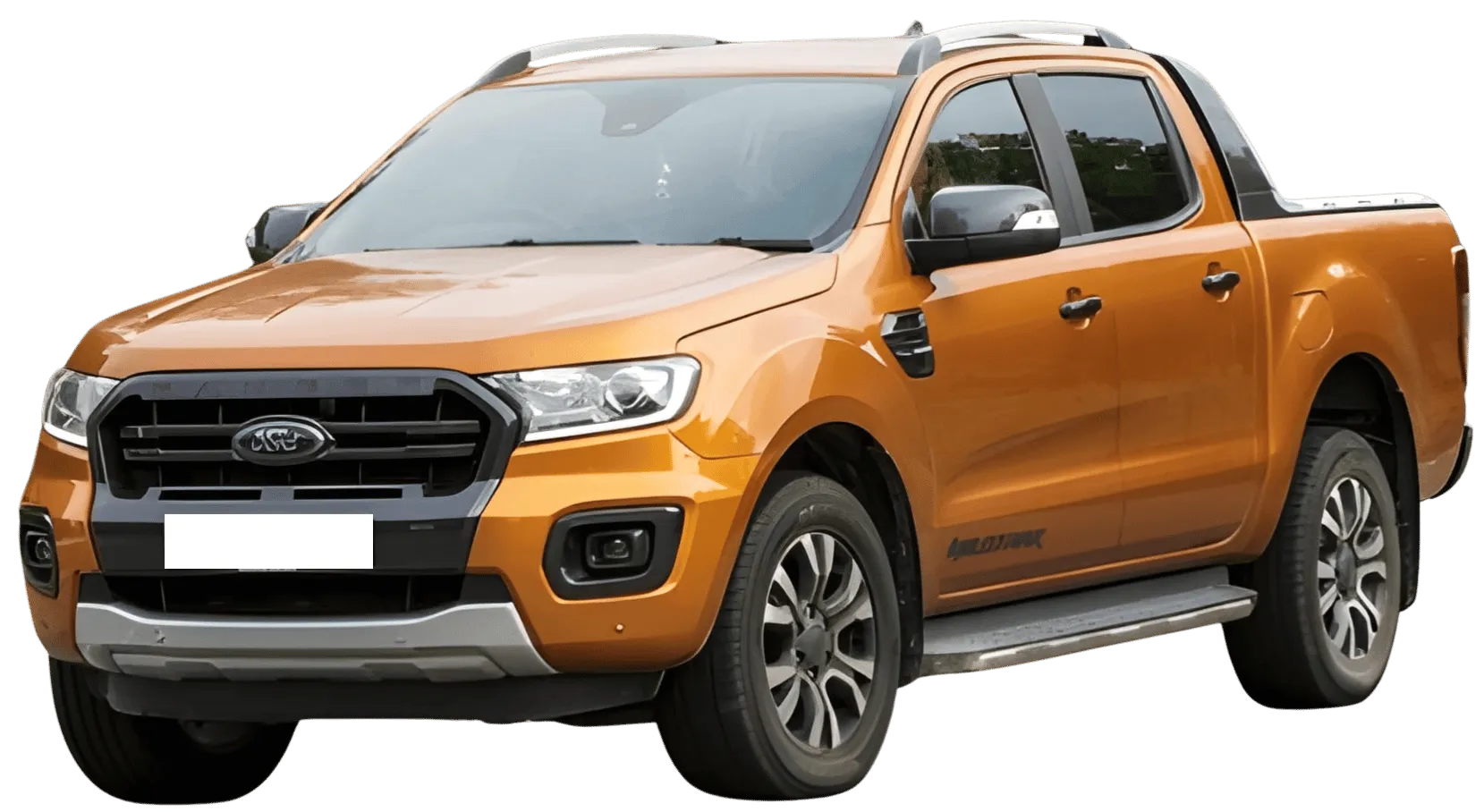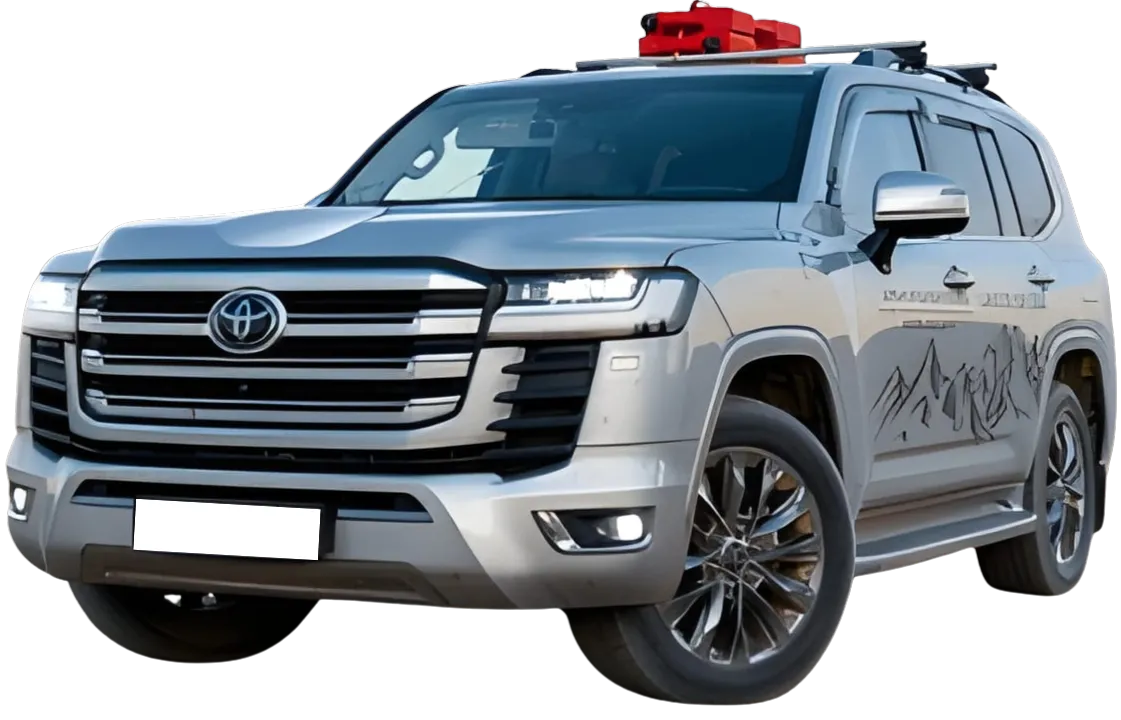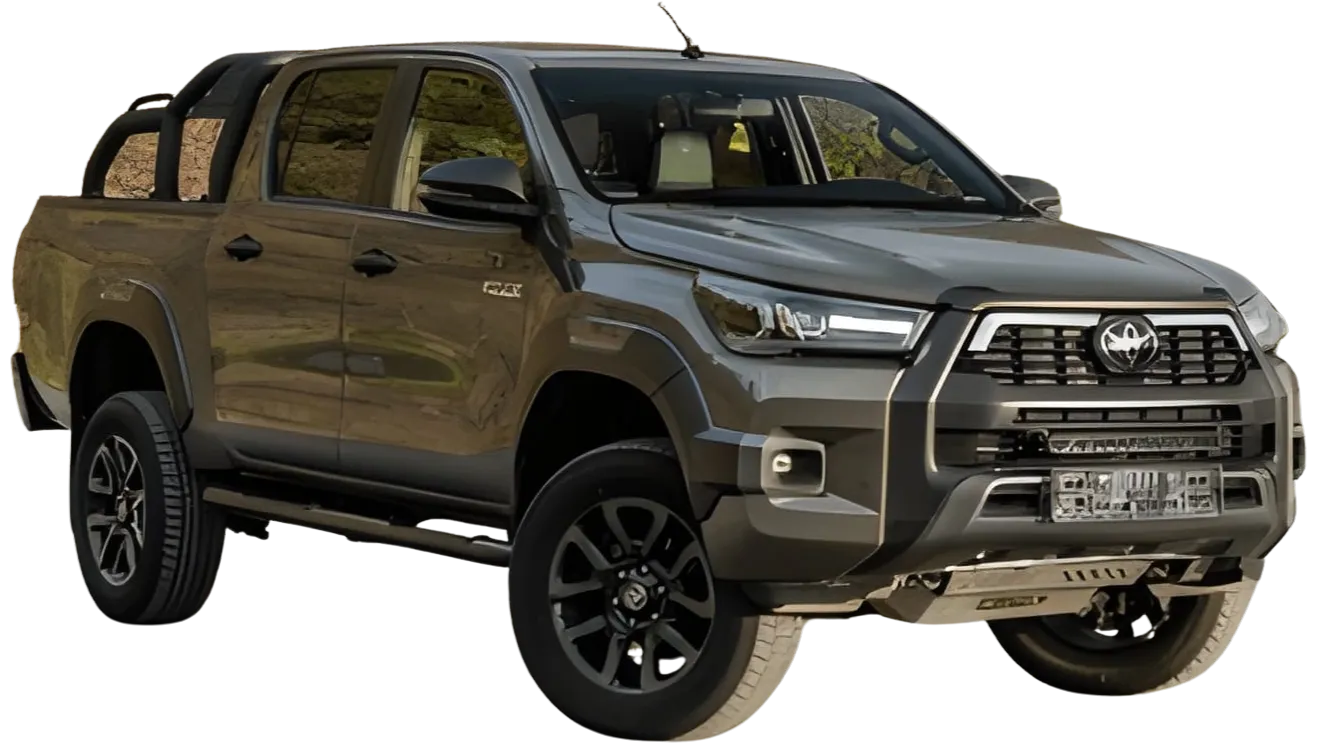No products in the cart.


Touring is back on the agenda for many Australians this summer. Campsites are booking out earlier, and the highways leading to Victoria’s alpine regions, South Australia’s coast and the Northern Territory’s national parks are expected to stay busy. For 4WD owners, that means making sure their vehicles can cope with heat, distance and load before they leave.
At GJ Drivelines in Keysborough, pre-trip driveline inspections are becoming a standard part of summer preparation. While tyre pressure and fluids are easy to check at home, the differential—the gearbox that divides power between the wheels—often goes unnoticed until it makes itself heard.
| Differential | Purpose |
| Front | Powers the front axle in 4WD mode |
| Rear | Transfers torque to rear wheels for traction |
| Centre | Splits drive between front and rear axles |

At GJ Drivelines, each rebuild is carried out using calibrated equipment and OEM-grade parts, followed by on-car testing to confirm smooth operation.
| Condition | Effect | Prevention |
| Dusty tracks | Blocks breathers, introduces grit | Fit extended breathers and check filters |
| Water crossings | Draws moisture into hot housings | Let diff cool before submersion |
| Heavy towing | Raises temperature and bearing load | Use correct oil grade and service regularly |
| Check | What to Look For |
| Diff oil level and colour | Should be clean and full |
| Breather hoses | Not blocked or kinked |
| Seals | Dry and intact |
| Tailshaft joints | No play or grease leakage |
| 4WD engagement | Smooth without clunk |
| Unusual noises | Listen during acceleration and coasting |
Differentials require fine adjustment measured in hundredths of a millimetre.
A rebuild done without proper setup can destroy a new gearset in minutes.
That’s why owners of touring rigs and tow vehicles often choose dedicated driveline workshops instead of general repairers.
At GJ Drivelines, technicians rebuild and balance drivelines for all major 4WDs—LandCruiser, Ranger, Hilux, Patrol and more—using in-house test equipment. The same facility also handles tailshaft balancing, centre bearing replacement and custom driveline modifications.


GJ Drivelines
Keysborough, Victoria
Custom differential rebuilds, tailshaft balancing and driveline upgrades.
4WD Driveline Repairs | Custom Tailshaft Balancing | Parts Store
Most 4WDs benefit from an oil change every 40,000–50,000 kilometres, but it’s wise to do it sooner after water crossings or extended towing. The correct oil grade varies between models, so always check your owner’s manual or ask your mechanic.
Most rebuilds take two to three business days, depending on parts availability and the condition of the unit. Each job is bench-tested and road-tested to confirm quiet, smooth operation.
Chrysler – Dodge
727 – 30 Spline 1 11/16″ Seal Diameter
904 – 26 Spline 1 9/16″ Seal Diameter
Ford
C6-T56 – 31 Spline 1 11/16″ Seal Diameter
AOD & C4 & T5 – 28 Spline 1 1/2″ Seal Diameter
4 R 7OW – 28 Spline 1.598″ Seal Diameter
General Motors
T-350 700R4-4LLOE – 27 Spline 1 1/2″ Seal Diameter
T-400-4L80E – 32 Spline 1 7/8″ Seal Diameter
Note: Transmission slip yokes are manufactured with various U-Joint Series. It is important to match Horsepower and Torque requirements to U-Joint Series. For aftermarket transmission applications usually a spline count and seal diameter will identify slip yoke required.

If Pinion Yoke has Placement tabs that retain the U-Joint, measure inside tabs. See Diagram D.

If Pinion Yoke does not have Placement Tabs that retain U-Joint, measure from flat of yoke inside to inside. See Diagram E.

If 4 bolt Flange is used on pinion, measure Pilot Diameter and center to center diagonally bolt hole to bolt hole. See Diagram L.

Universal Joint Size. There are hundreds of U-Joint sizes or “Series” to accomodate many different applications of power and desired longevity for your automotive, 4×4 truck or auto racing requirements, these 4 series of joints cover most needs.
1310 Spicer Series: 1 1/16″ Cup Diameter (Dim C – Diagram A) 3 7/32″ length (Dim B – Diagram A) Certain Ford applications have 2 cups 1 1/8 Diameter. Appropriate horse power range is up to 500 in circle track or road racing, small tire drag racing and 4×4. Also available: Performance Dynamic Cryo Joint.
1330 Spicer Series: 1 1/16″ Cup Diameter (Dim C – Diagram A) 3 5/8″ length (Dim B – Diagram A) Certain Ford applications have 2 cups 1 1/8 Diameter. Slightly stronger than 1310, Used in 5.0 Mustangs. Also available: Performance Dynamic Cryo Joint.
3R Saginaw Series: 1 1/8″ Cup Diameter (Dim C – Diagram A) Retained with internal clip 2 5/8″ (Dim B – Diagram A). Most common GM joint. Horse power range up to 700 in road racing and circle track. Solid drag racing U-Joint can accomodate most sportsman classes. Also available: Performance Dynamic Cryo Joint.
1350 Spicer Series: Manufactured with OEM tolerances and treated with our Cryogenic Process to yeild the strongest U-Joint available. For drag racing applications a solid non-lube design U-Joint is recommended because of the tremendous initial shock load, or short duration of high torque the joint must be able to withstand.

If PST is supplying you with transmission slip yoke, Pinion yoke and driveshaft yoke measure Dim W. See Diagram N.
If PST is supplying you with transmission slip yoke and driveshaft measure Dim X. See Diagram N.
2 Piece driveshafts use Dim Y + Z. See Diagram N.